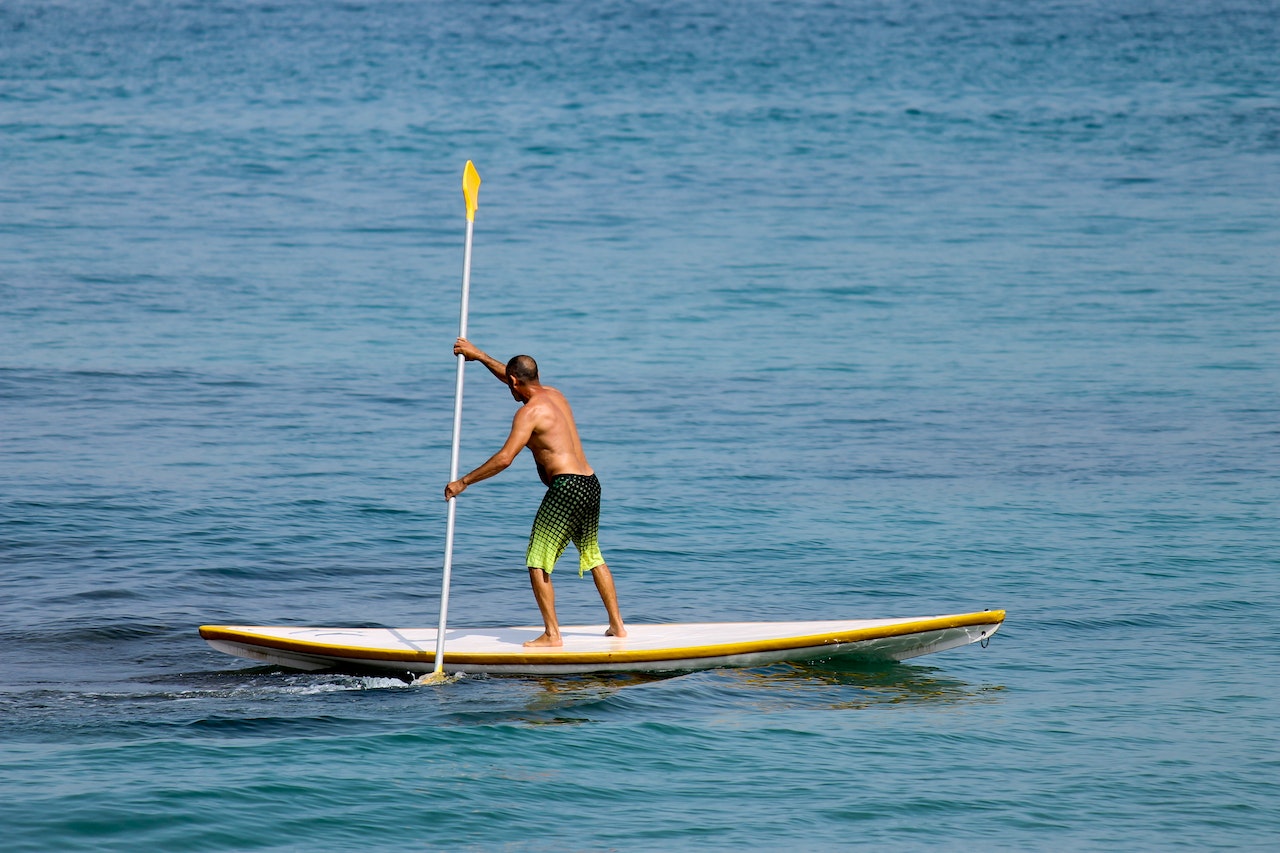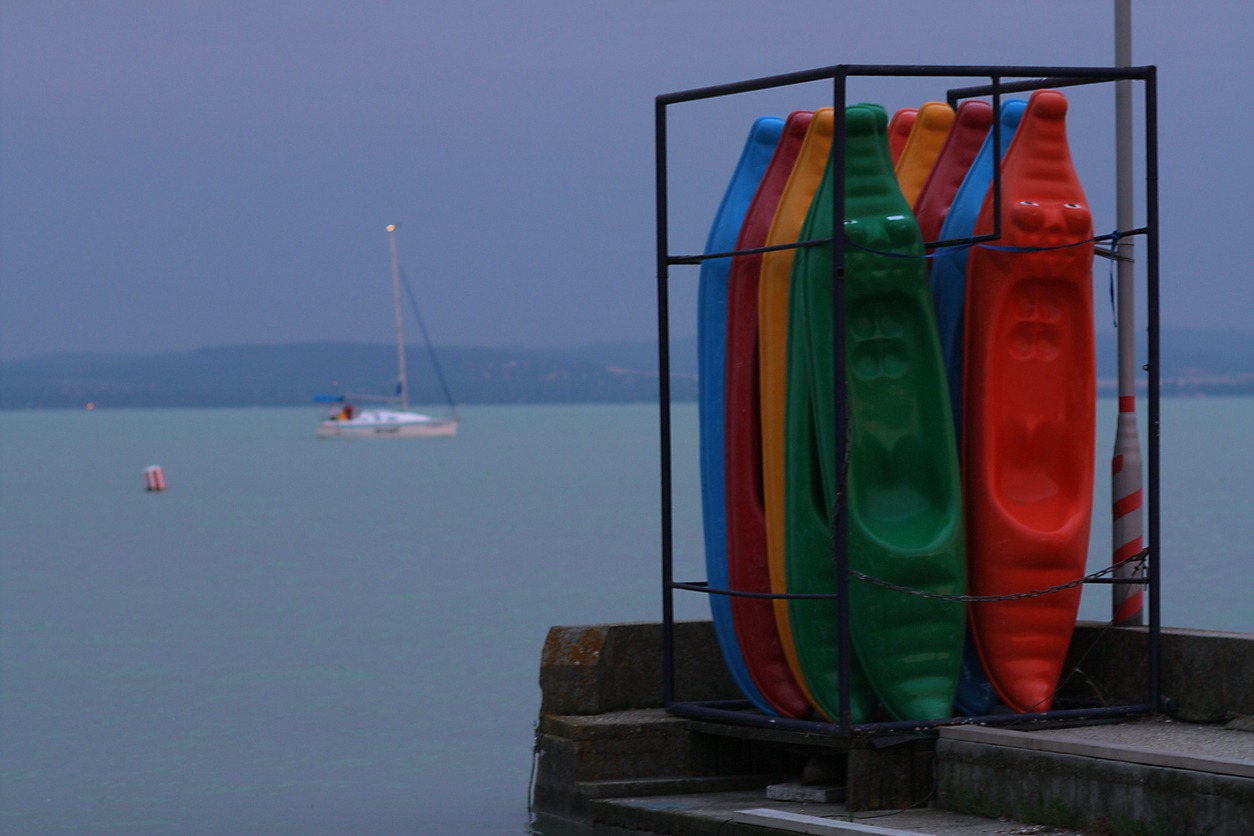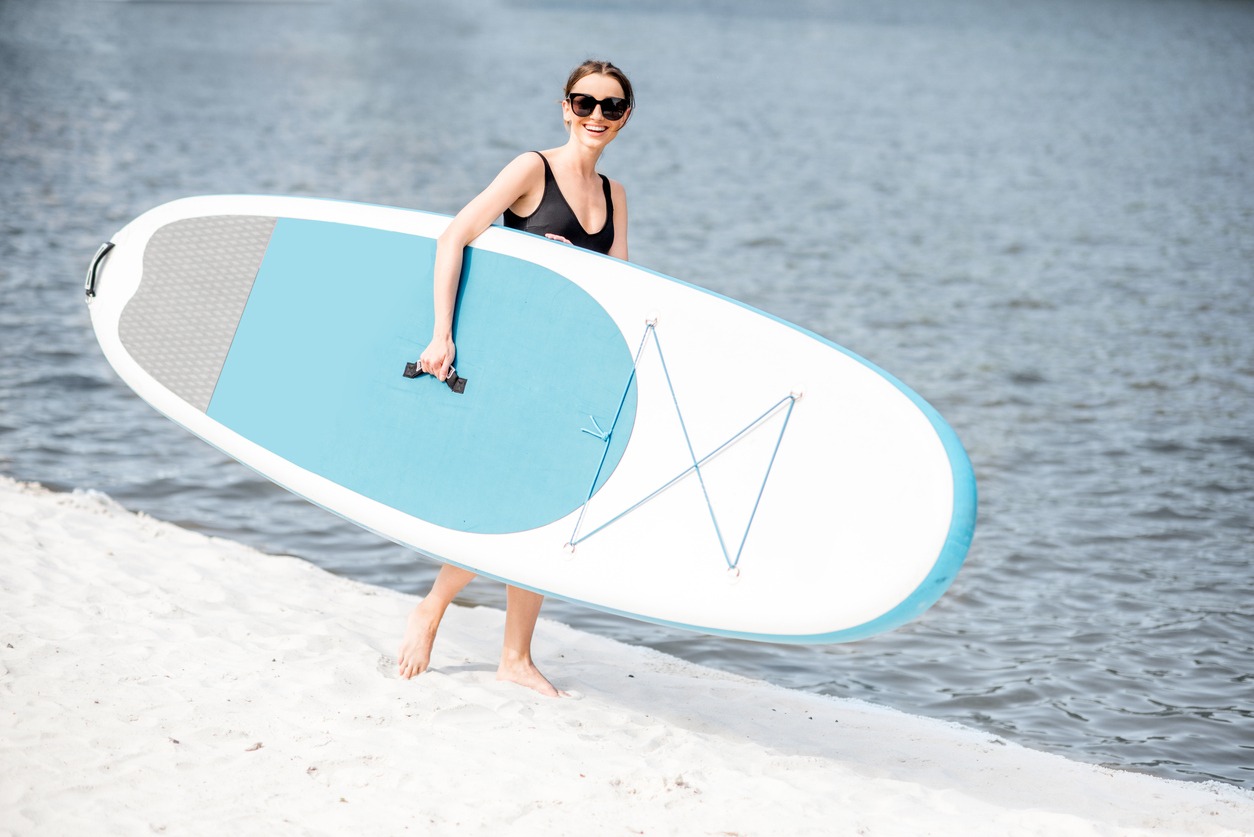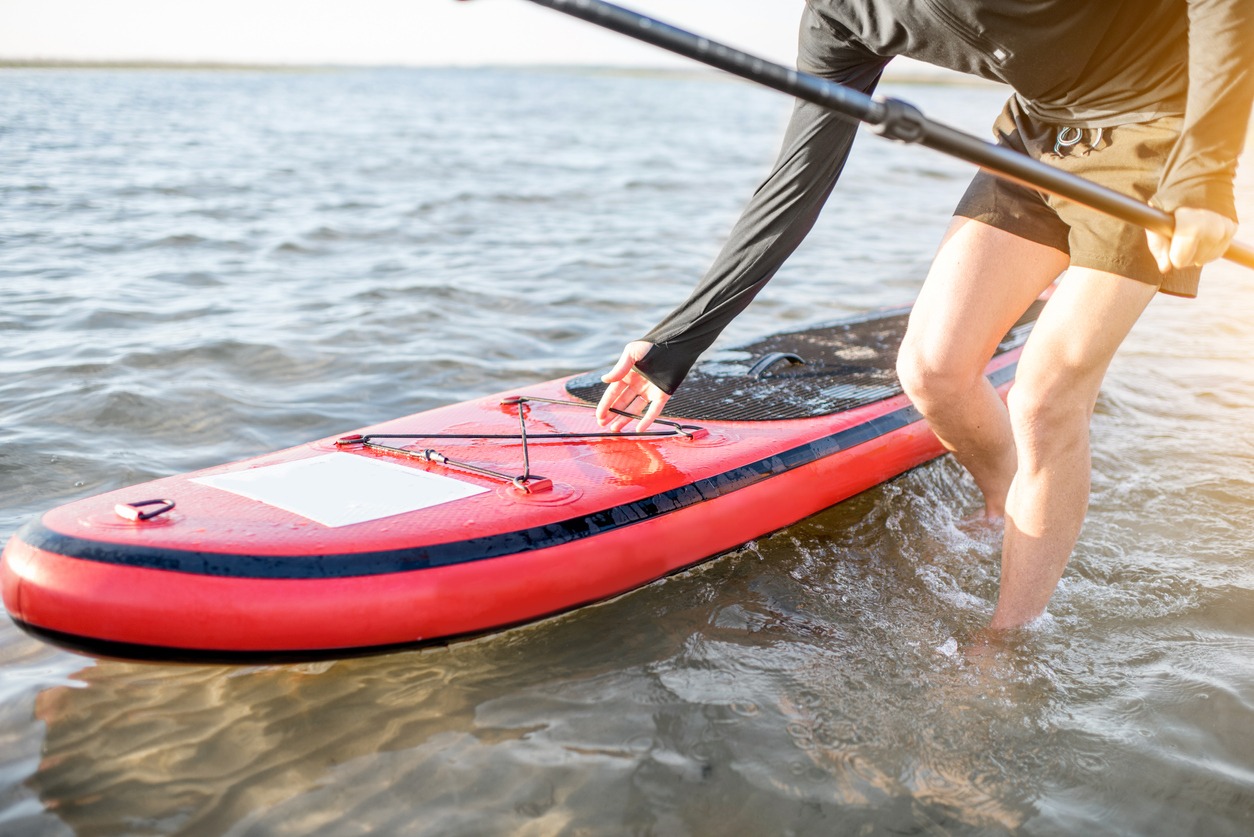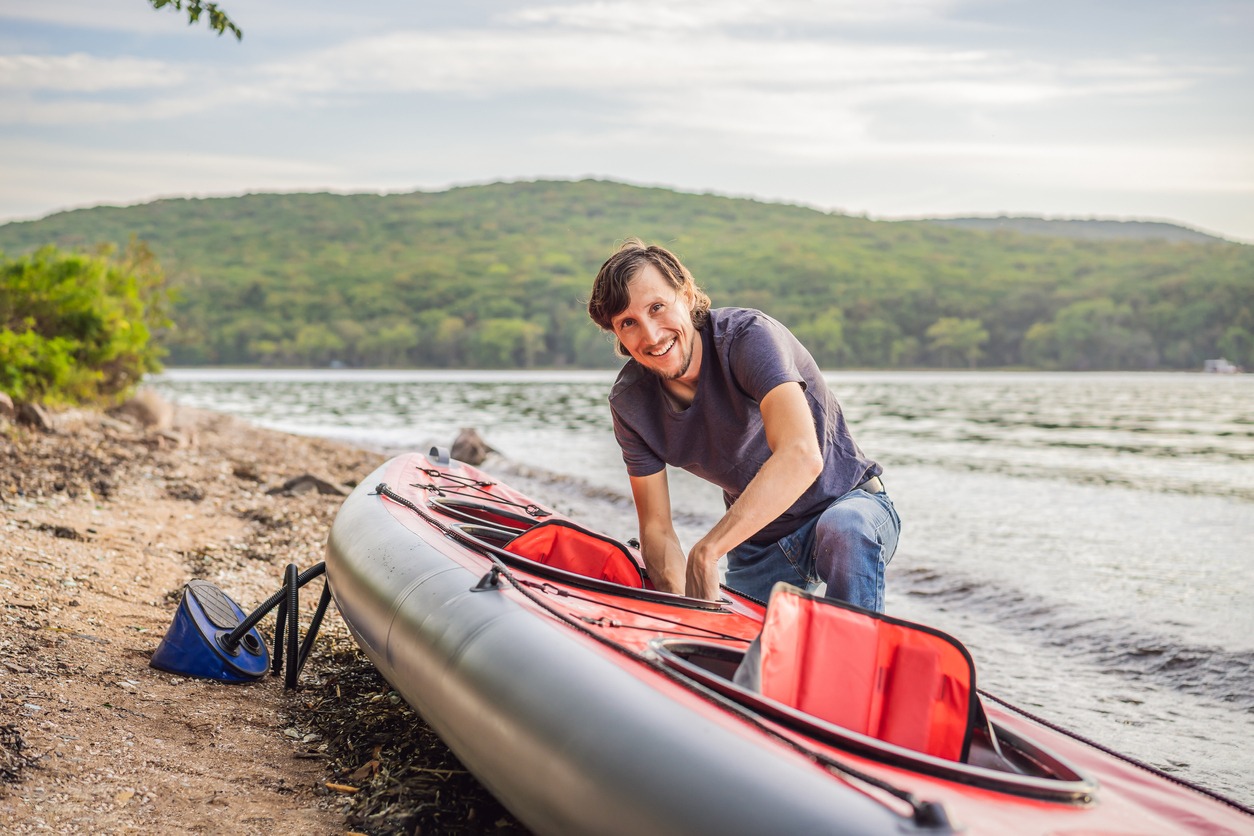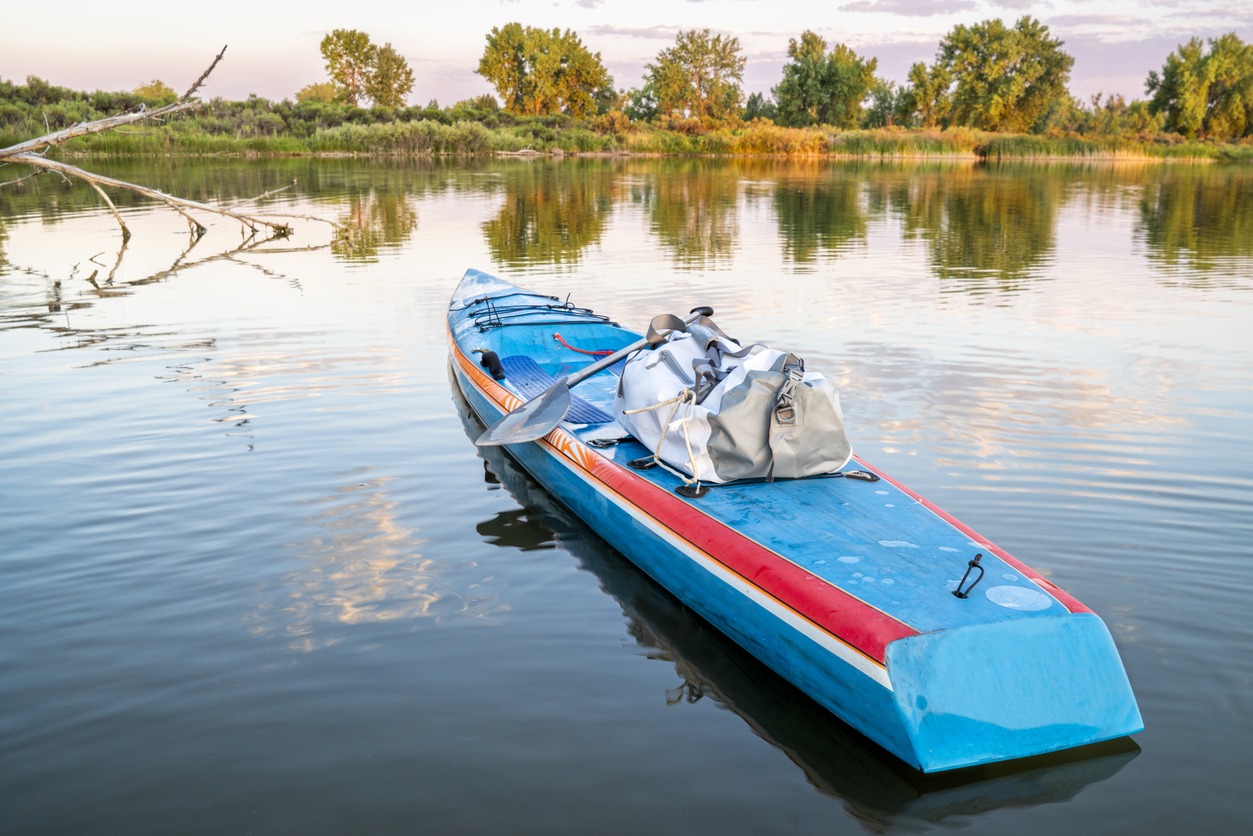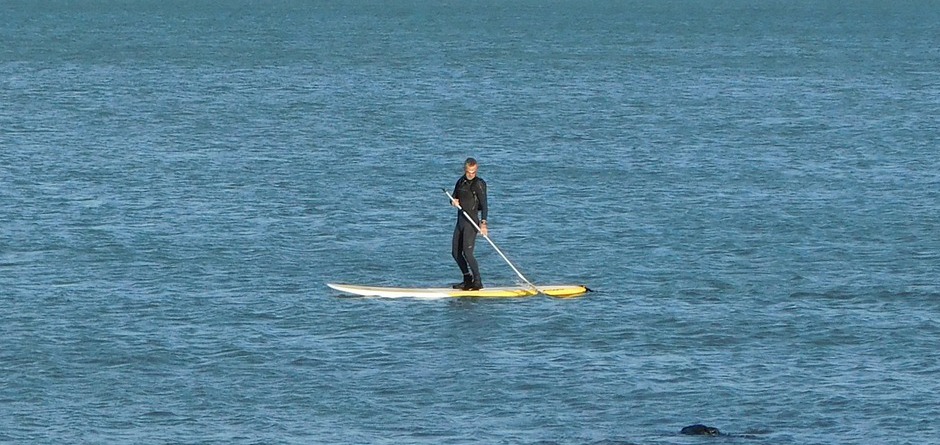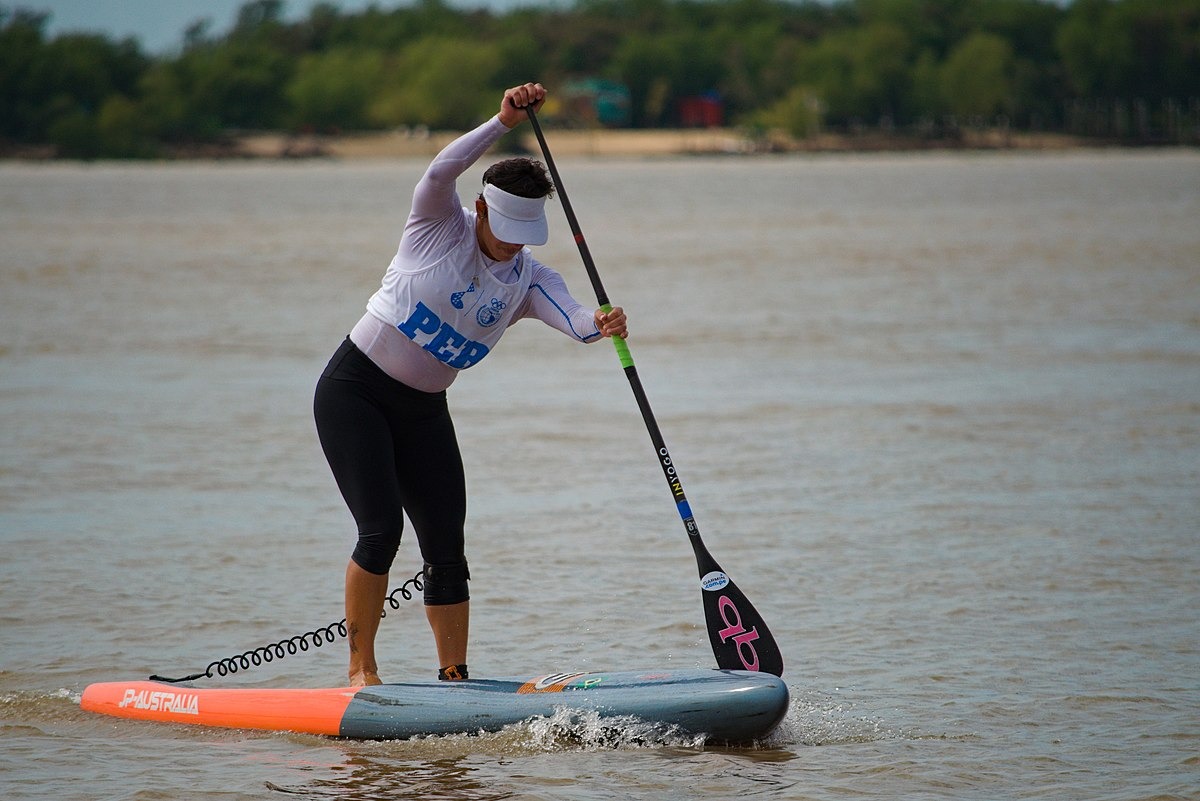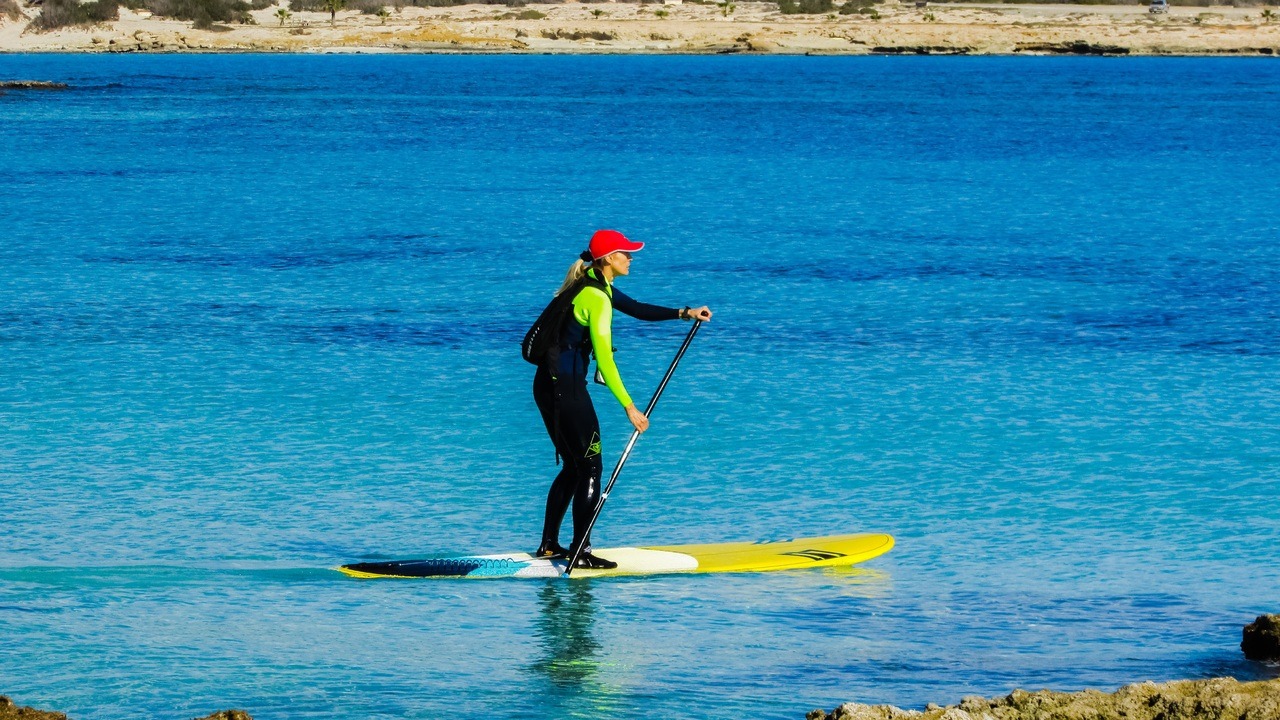Paddle boarding might not be a sport that everyone knows of, but its popularity is growing every day. There are some great benefits of paddleboarding, though most people just want to try it out for the fun factor. Overall, this sport is a relaxing, enjoyable way to spend a vacation while also getting in some beneficial exercise.
When you paddleboard in the right manner, you can use it for relaxing after a tough work week or even explore new waterways. However, as with any new sport or activity, it’s best to read up on paddleboarding beforehand. This will help you protect yourself and others from any accidents, malfunctions, or other risks. Let’s take a look at what we need to know in order to get started:
What We Need
Fortunately, there are very few items of essential paddleboarding gear that you absolutely need to start your adventures. Moreover, once we get the right equipment, we can make it last for several years with the right maintenance and precautions. It’s hence best to do your research and get the quality stuff so you have a lasting investment.
Here are some of the paddleboarding gear essentials you’d need:
- A Board: Obviously, the first item you need to acquire is the board itself. This will also be the most expensive piece of gear, so make sure you have a generous enough budget for it. There are several different kinds of boards out there, so choose one according to the kind of tactics you want to try out. Whitewater paddleboarding will be different from the requirements of long-distance paddleboarding. Your weight and height will also be influences in your final board choice, as will be the storage space you require.
- A Paddle: The paddles you’re looking for will probably come with a bend where the shaft and blade connect. This feature gives the paddleboarder more control and power with their strokes. Here, you’d have a wide range of choices in the material of the paddle, from lightweight carbon for long journeys to heavier fiberglass options for a less stressful experience. If you want something affordable and durable for family use, aluminum will be the best option. After the material, you can choose between fixed-length and adjustable length paddles, with the latter being better for paddleboard novices. Keep in mind that the best length for a paddle is around 9 to 10 inches more than your own height.
- A Leash: This is a safety feature for keeping you connected to the board in case of a fall. You don’t want to be separated for your board at any point
- A PFD: this is short for ‘personal flotation device’ and is a separate vessel of sorts. This will keep you floating when there’s an emergency. A PFD belt might be a convenient lightweight option. While you don’t absolutely have to have one of these devices, some places might make them a requirement before they allow you on your waters. If you don’t want your paddleboard vacation ruined, get one before setting out.
Safe Transportation
Since you’re probably going to spend a decent amount of money on your paddle boarding gear, it only makes sense to make safe arrangements for its transportation. Storage and transport can easily damage such gear, so read up on how to do things the right way. For instance, you should be careful of your surroundings while carrying the board, as they’re long and require a lot of space to prevent any bangs or bumps.
How to Lift a Board
While you’re at it, keep in mind that most paddleboards might have a handle in their center. All you have to do is prop up the board, grip the handle, and lift up the whole thing. You can even tuck it under an arm for extra stability.
Handling your board with one arm will leave you with the other hand free for carrying the paddle. You can also get some rail tape to prevent any scratches; don’t worry, this won’t compromise the board’s own performance in any way. On the contrary; it will also protect your gear against any rocks in the water or bumps from cement surfaces.
Loading the Gear
Loading the paddleboard safely is another step in making sure it’s transported safely. The best way is to lift the board over your own height. If you have to place it on the ground before that, use a soft and grassy spot if possible.
The kind of roof mount will also determine the best way for loading your paddleboard. At any rate, the tail of your board should be facing the front of the vehicle no matter what kind of a mounting rack you have. When it’s on crossbars or horizontal type of rack, the board’s deck should be facing downwards.
Additionally, you should always make sure that the board has the proper straps and even locks if required. Even if you’re only traveling a short distance, having your board fall off the car or truck is not a great way to preserve its usability.
Paddle Board Care
When your paddleboard isn’t in use, it’s all the more imperative to keep it safe. First, off, you need to keep the board out of the sun when it isn’t in the water. If you leave it out, the internal pressure could increase, leading to bubbling epoxy, delamination, and other problems. It’s best to keep the board in a basement or garage with regulated temperatures. It should also be kept in an elevated position, away from the ground and protected from anything falling from above.
Fortunately, you don’t need to wax your paddleboard or maintain it yearly as you would do with a surfboard. Still, do inspect it regularly for anything that needs repairing.
Consider a Board Bag
Some vacations might leave you with no choice but to leave your paddleboard out for some time. if that’s the case, you might have to invest in a board bag. These are specially designed to reflect the sun’s rays away, while still providing a cooling material for the board.
Checking the Wind
When paddleboarding, your own body acts the part of a sail. This is why you can’t afford to overlook the direction of the wind as well as the water condition before going on the water.
If you find that the speed and wind are getting too much to handle, lie down on your belly on the board and tuck the paddle underneath you. You can then paddle to safety using your arms.
Learning the Right Technique
Make sure you aren’t holding the paddle the wrong way. The bent area shouldn’t be facing you. Instead, flip it away from yourself and position your hands a bit further away from each other.
Next, you need to stand up as straight as you can and hold the paddle handle. The shaft should be parallel to the shoulder and the arm gripping it should be at a perfect right angle. The other arm should eventually get to that angle as well.
Engaging the Core
Another tactic to remember is that we accomplish the paddleboarding through the core of our body, not the arms. The paddling works less with the arm muscles, so if you try to go by these alone, you’d soon tire yourself out. Once you engage your core, though, you’ll be getting that beneficial exercise form paddle boarding and can also make it further in one journey. This is a more efficient technique and will also help in maintaining your balance.
Conclusion
While paddleboarding might seem like a difficult and dangerous sport if you’re not used to it, there should be no harm in trying it out. The tips above will help you choose your gear as well as streamline your technique in the best possible manner. The next time you take a vacation or trip by a large body of water, see if this new activity could be part of your schedule.
